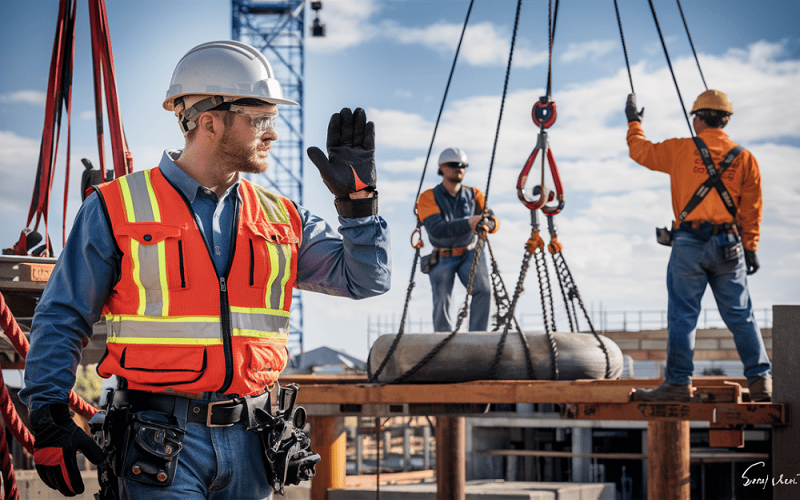Rigging equipment, such as slings, chains, and hoists, is essential in industries like construction, manufacturing, and shipping for lifting and moving heavy loads. However, the safety and efficiency of these operations rely heavily on the condition of the rigging equipment, making regular inspections a critical aspect of maintenance.
Routine inspections are vital because rigging equipment is constantly exposed to heavy loads, stress, and environmental factors that can cause wear, damage, or corrosion. Identifying these issues early through inspections helps prevent equipment failure, reduces the risk of accidents, and ensures the safety of personnel. Additionally, regular checks can extend the lifespan of the equipment, saving costs in the long run.
Compliance with industry standards and safety regulations is another key reason for thorough inspections. Proper inspection routines not only safeguard workers but also help avoid legal consequences and unexpected downtime that can disrupt operations.
This guide will cover essential tips for inspecting rigging equipment, including best practices, common problems to watch for, and the importance of keeping detailed inspection records. By following these guidelines, you can maintain the reliability and safety of your rigging equipment, supporting a safe and productive work environment.
Infographic provided by Ashley Sling

